The new 14- and 16-inch MacBook Pros have an improved headphone jack that Apple says will accommodate low- and high-impedance headphones without external amplifiers. The company makes it clear that these are truly professional machines for all industries, including sound engineers and those who compose music on a MacBook Pro. But what will happen with this 3,5 mm jack connector?
Apple released on its support pages new document, in which he precisely defines the advantages of the 3,5 mm jack connector in the new MacBooks Pro. It states that the novelties are equipped with DC load detection and adaptive voltage output. The device can thus detect the impedance of the connected device and adjust its output for low and high impedance headphones as well as line level audio devices.
It could be interest you
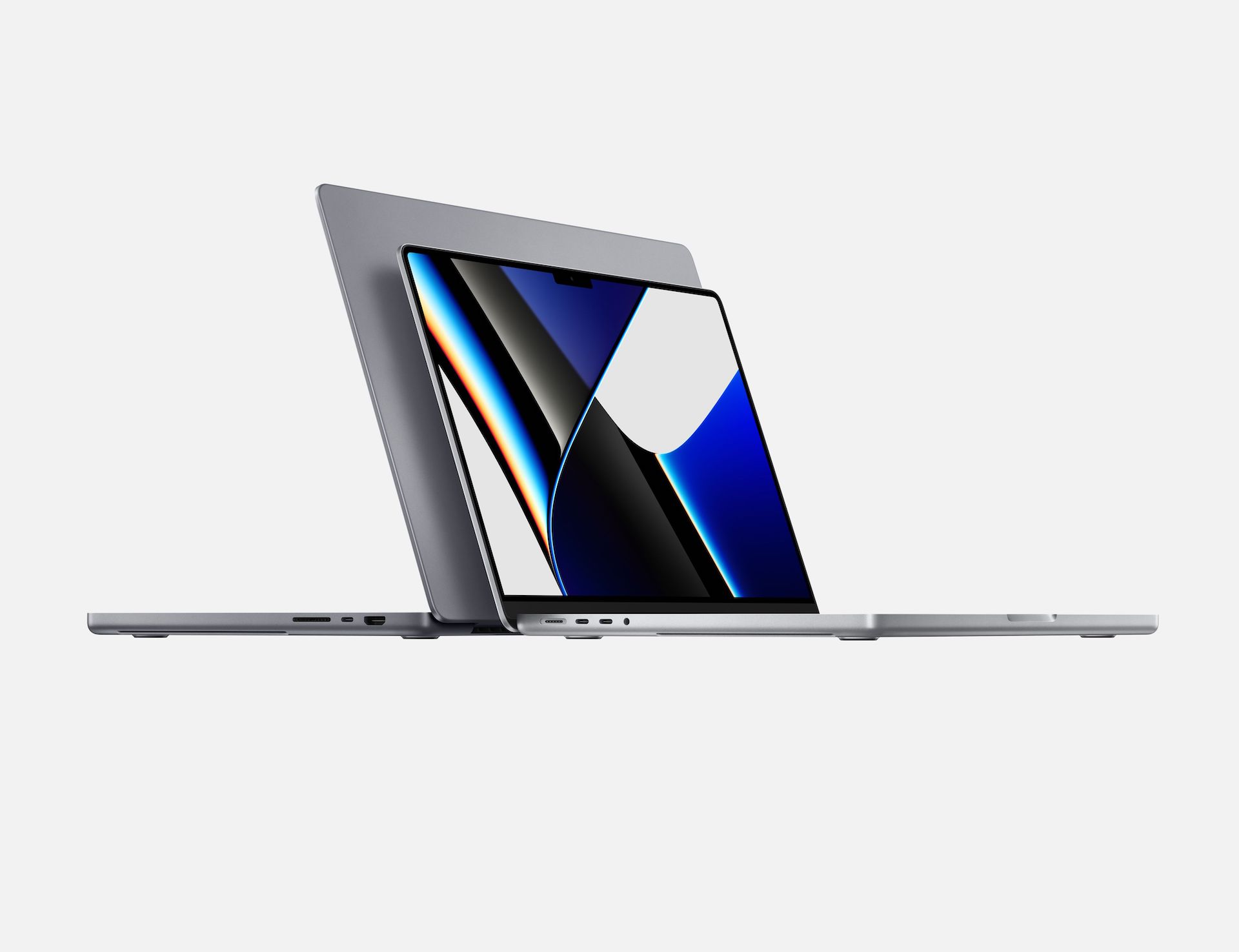
When you connect headphones with an impedance of less than 150 ohms, the headphone jack will provide up to 1,25V RMS. For headphones with an impedance of 150 to 1 kOhm, the headphone jack provides 3V RMS. And this can eliminate the need for an external headphone amplifier. With impedance detection, adaptive voltage output and a built-in digital-to-analog converter that supports sample rates up to 96kHz, you can enjoy high-fidelity, full-resolution audio directly from the headphone jack. And maybe it's surprising.
The infamous history of the 3,5mm jack connector
It was 2016 and Apple removed the 7mm jack connector from the iPhone 7/3,5 Plus. Sure, he packed us a reducer, but it was already a clear signal that we should start saying goodbye to this connector. Considering the situation with his Macs and the USB-C connector, it seemed logical. But in the end, it was not so black, because we still have it on Mac computers today. However, as far as "mobile" sound is concerned, Apple was clearly trying to redirect its users to invest in its AirPods. And he succeeded in that.
The 12" MacBook contained only one USB-C and one 3,5 mm jack connector and nothing more. MacBook Pros had two or four USB-Cs, but were still equipped with a headphone jack. The current MacBook Air with the M1 chip also has it. In the field of computers, Apple is holding on to it tooth and nail. But it's quite possible that if there wasn't a coronavirus pandemic here, Air wouldn't have it either.
In the professional range, its presence is logical and it would not be wise to remove it here. Any wireless transmission is lossy, and you don't want that to happen in the professional sphere. But with a common device, its necessity is not required. If we lived in normal times and mutual communication took place as it did before the pandemic, perhaps the MacBook Air would no longer contain this connector, just as the MacBook Pro would not have a cut-out. We are still living in a time in which remote communication is important.
It could be interest you
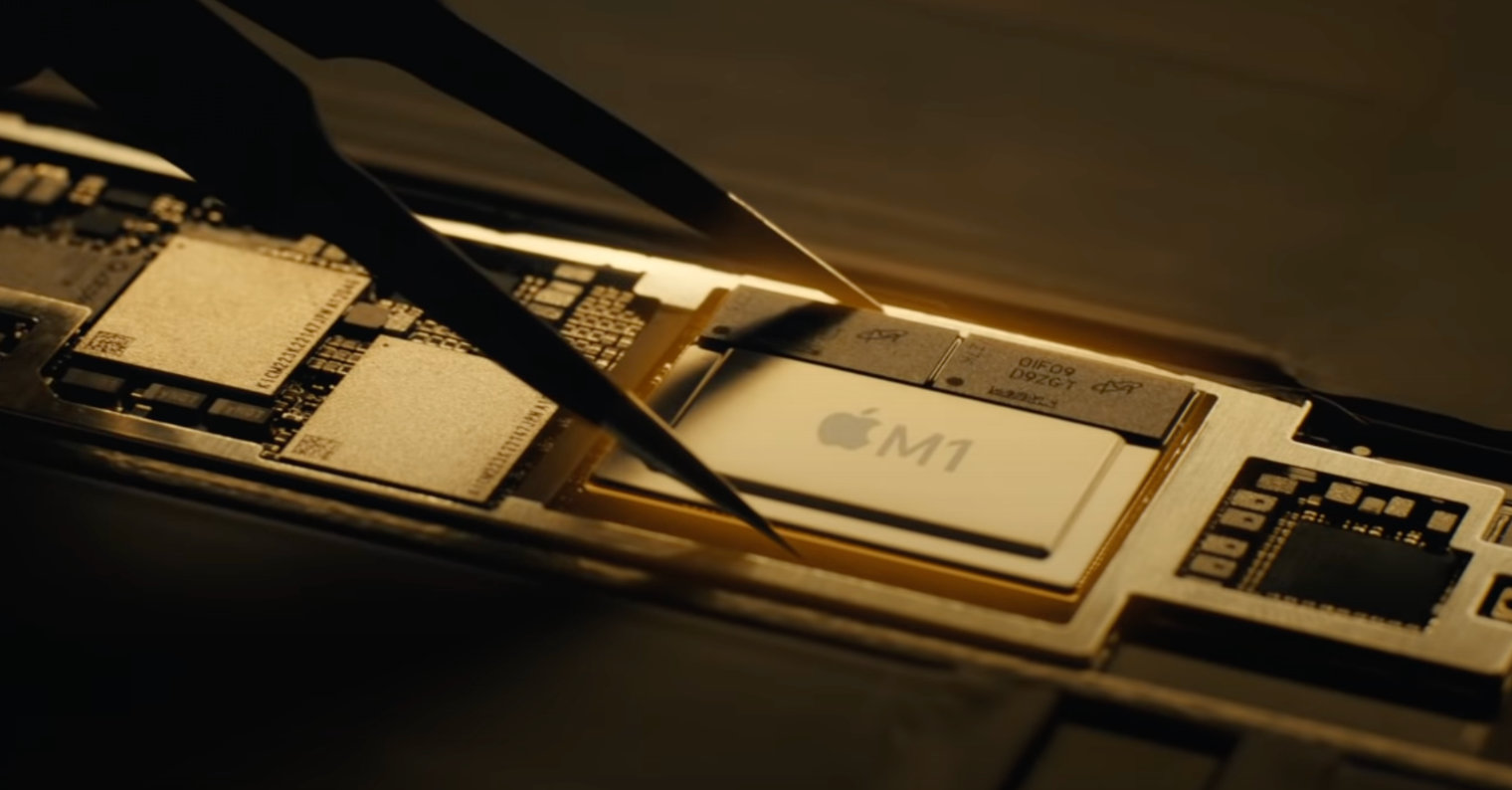
A certain compromise was also seen in the 24" iMac, which is considerably limited in its depth, and Apple thus placed this connector on the side of its all-in-one computer. It is therefore necessary to distinguish between these two worlds. In the mobile one, you can talk to the other party directly, i.e. with the phone to your ear, or use TWS headphones, which are generally on the rise. However, using computers is different, and fortunately Apple still has a place for a 3,5mm jack connector in them. But if I could bet, the 3rd generation MacBook Air with an Apple Silicon chip will no longer offer it.



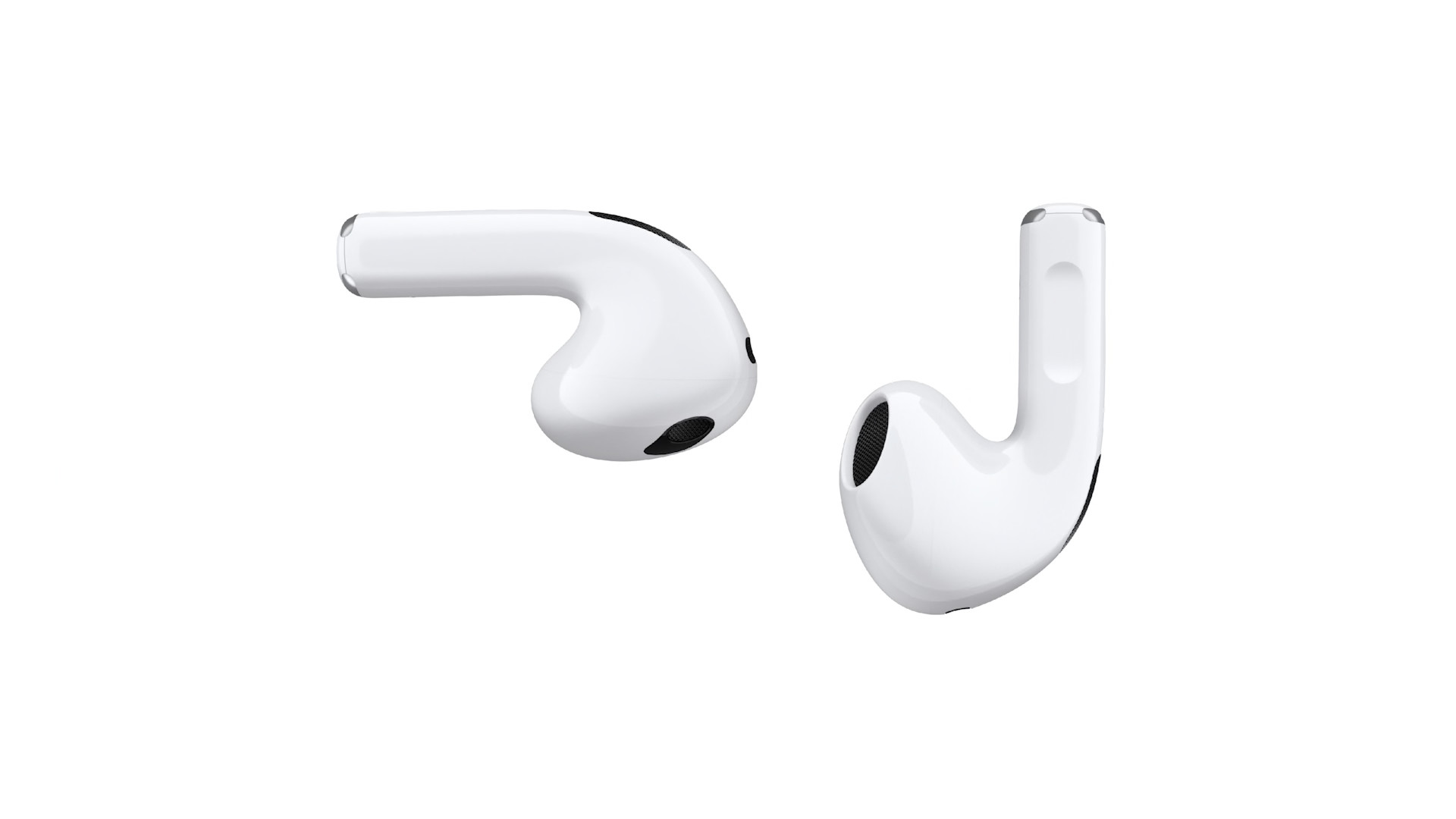
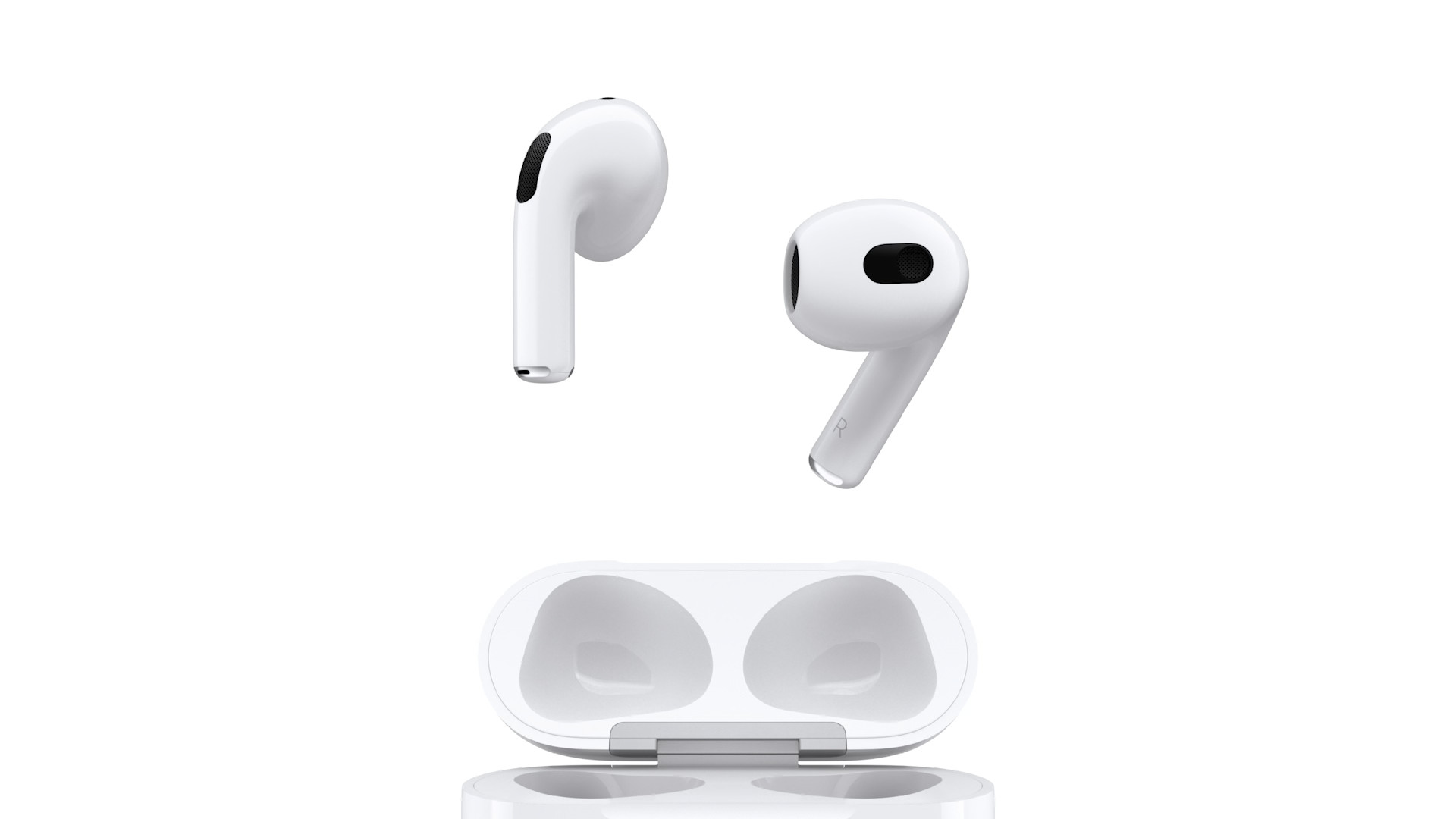



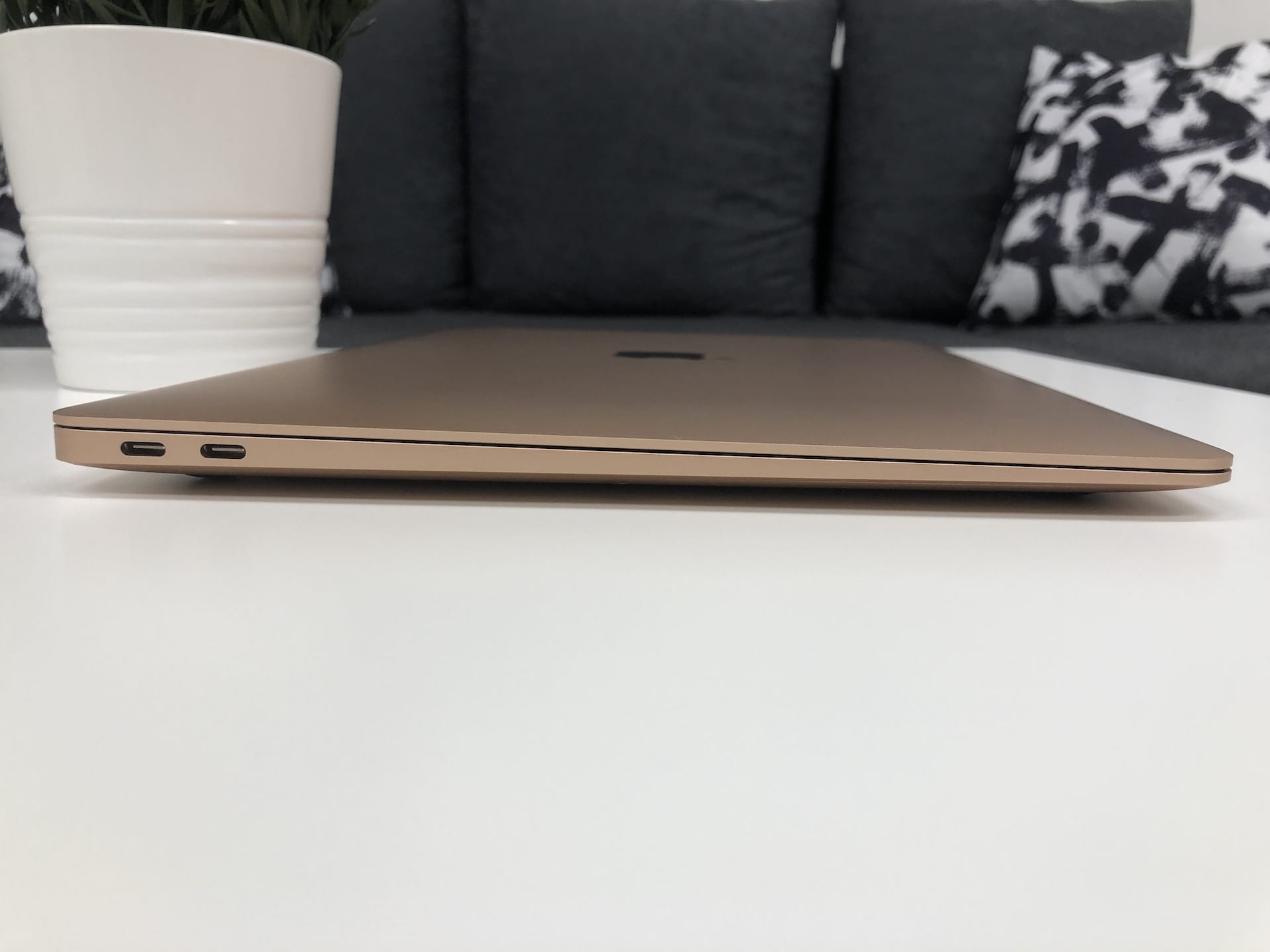



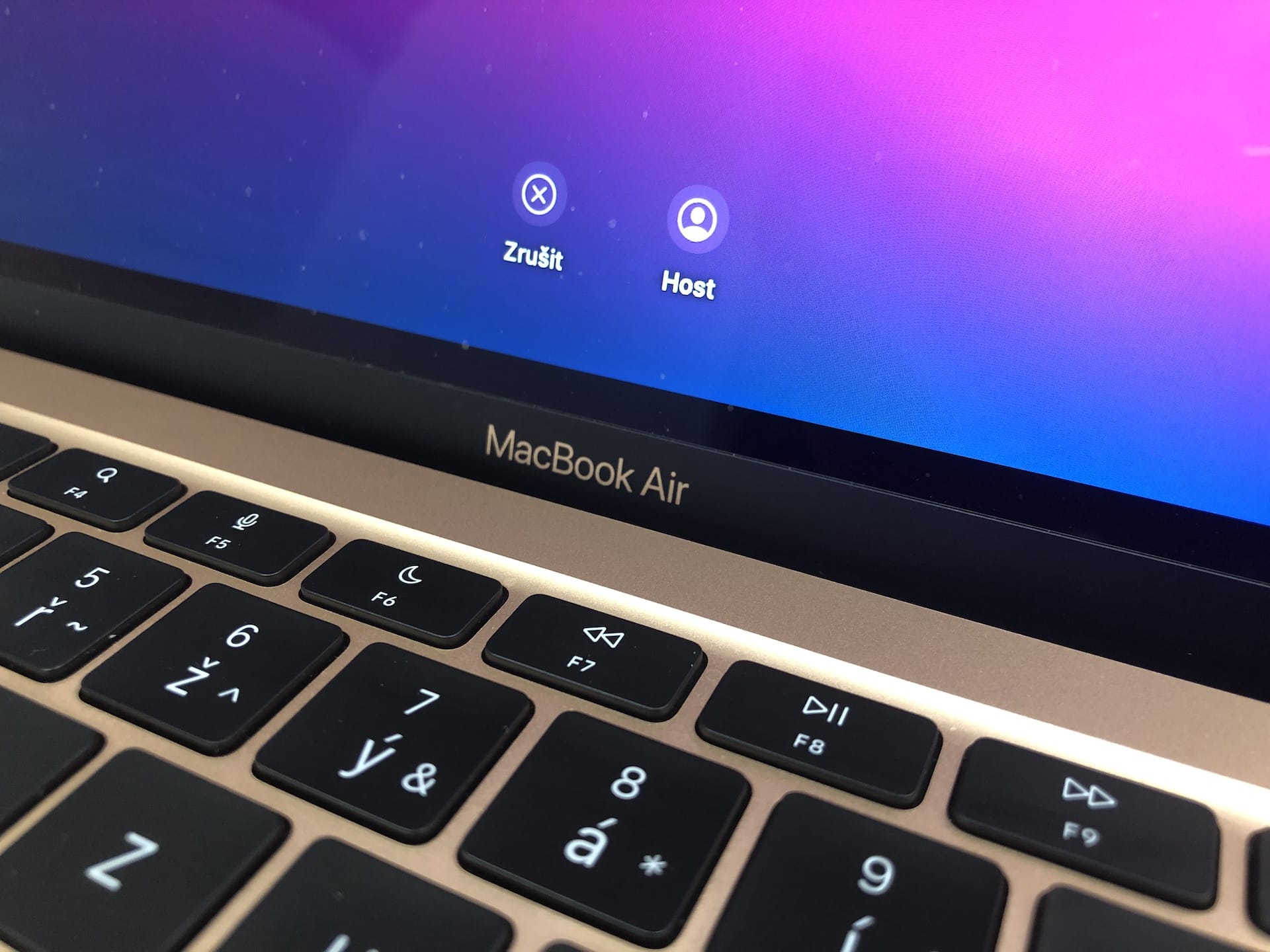
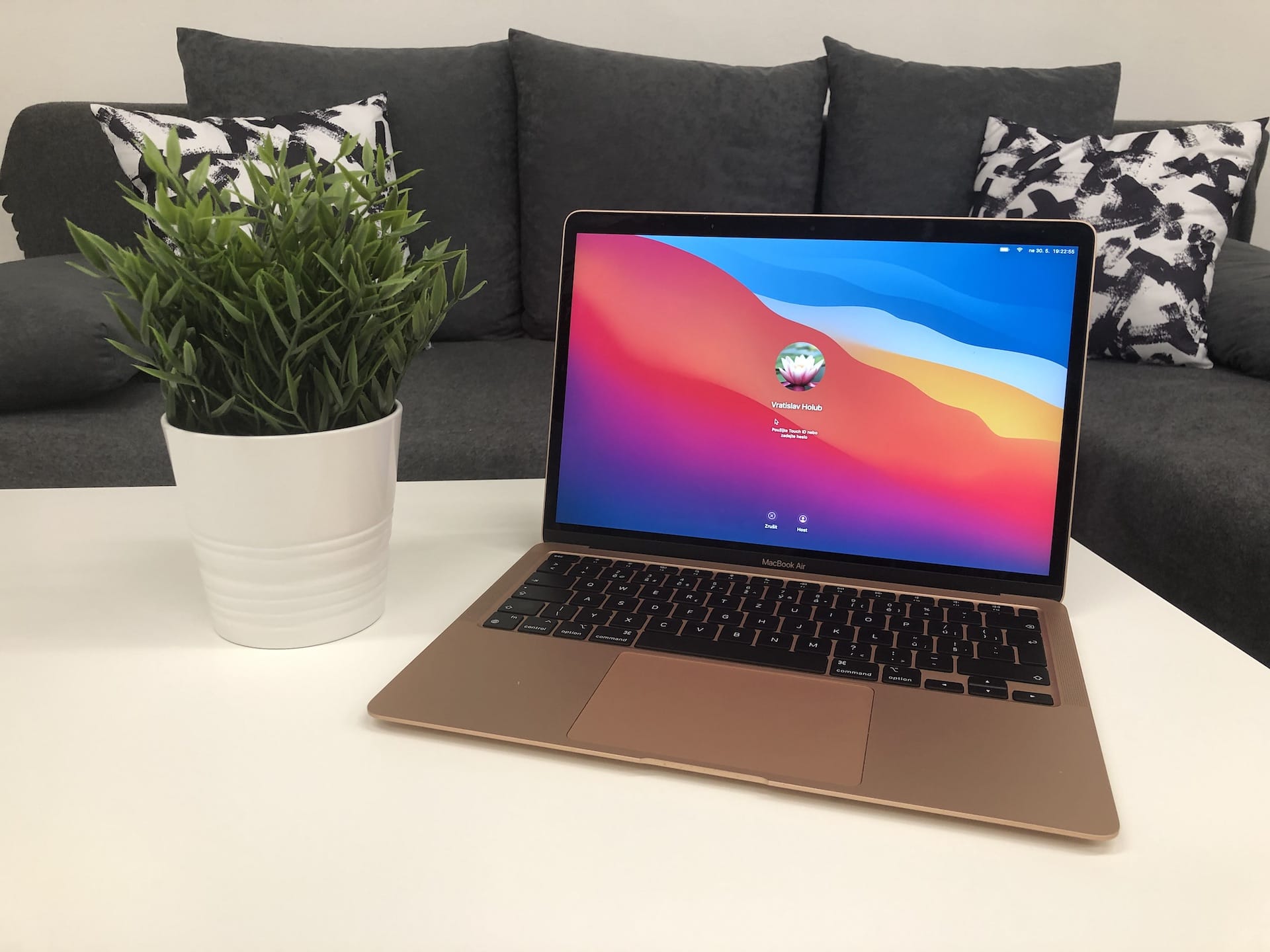
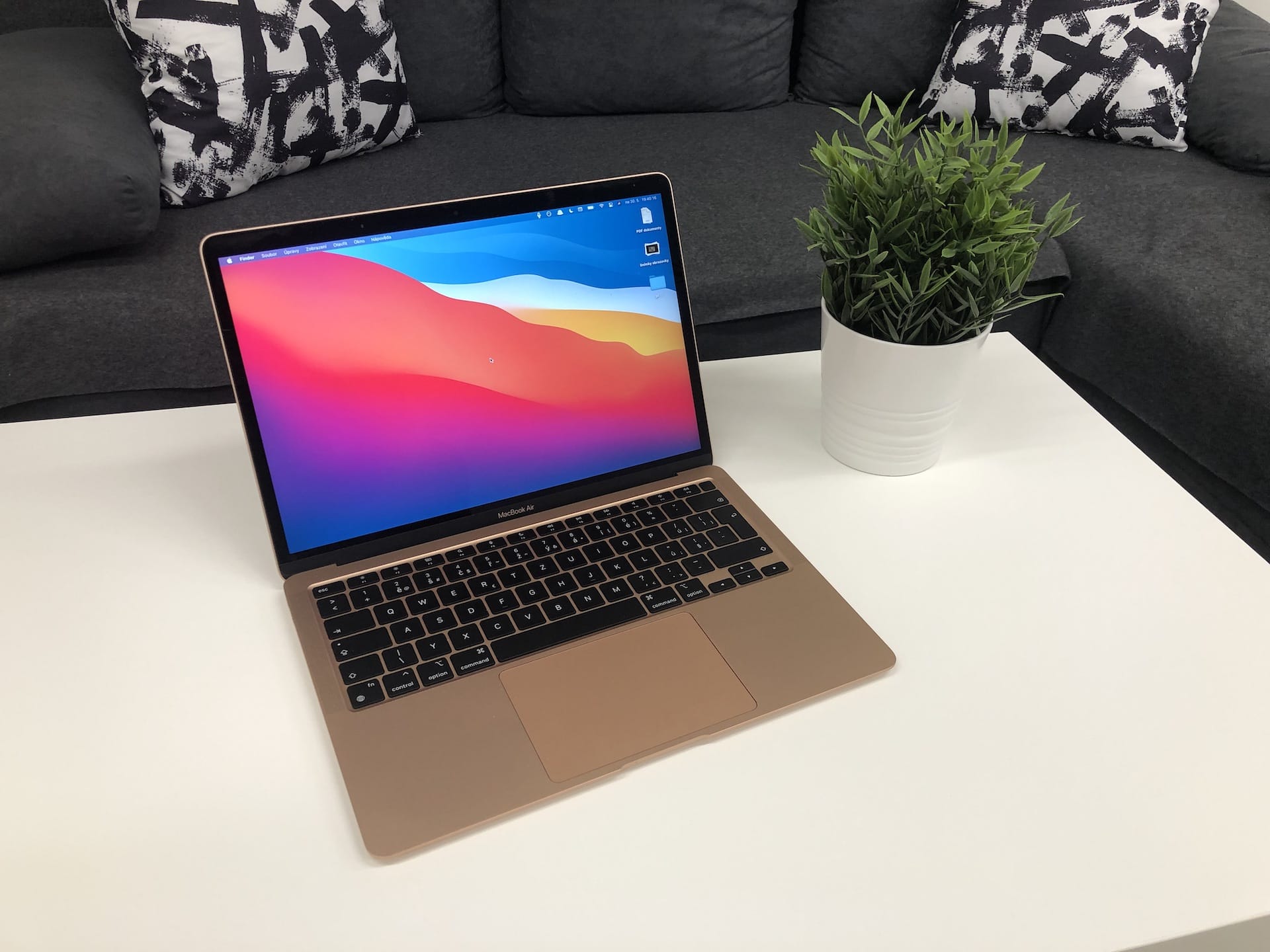




I will allow myself a small polemic with the author. It seems to me that the 3,5" jack is still the same: the mechanical connection of the counterpart and the interconnection of their contacts. Reported detection and such, isn't it more of an electronic thing?
The 3,5mm jack is still the same. it has no "versions" by impedance. The Macbook has to either measure it or get information about it through some data channel/wire...and since the 3,5mm jack doesn't offer anything like that, it will probably measure it directly. After all, the cable itself has some impedance, so it should be taken into account (although it will probably be negligible compared to headphones)